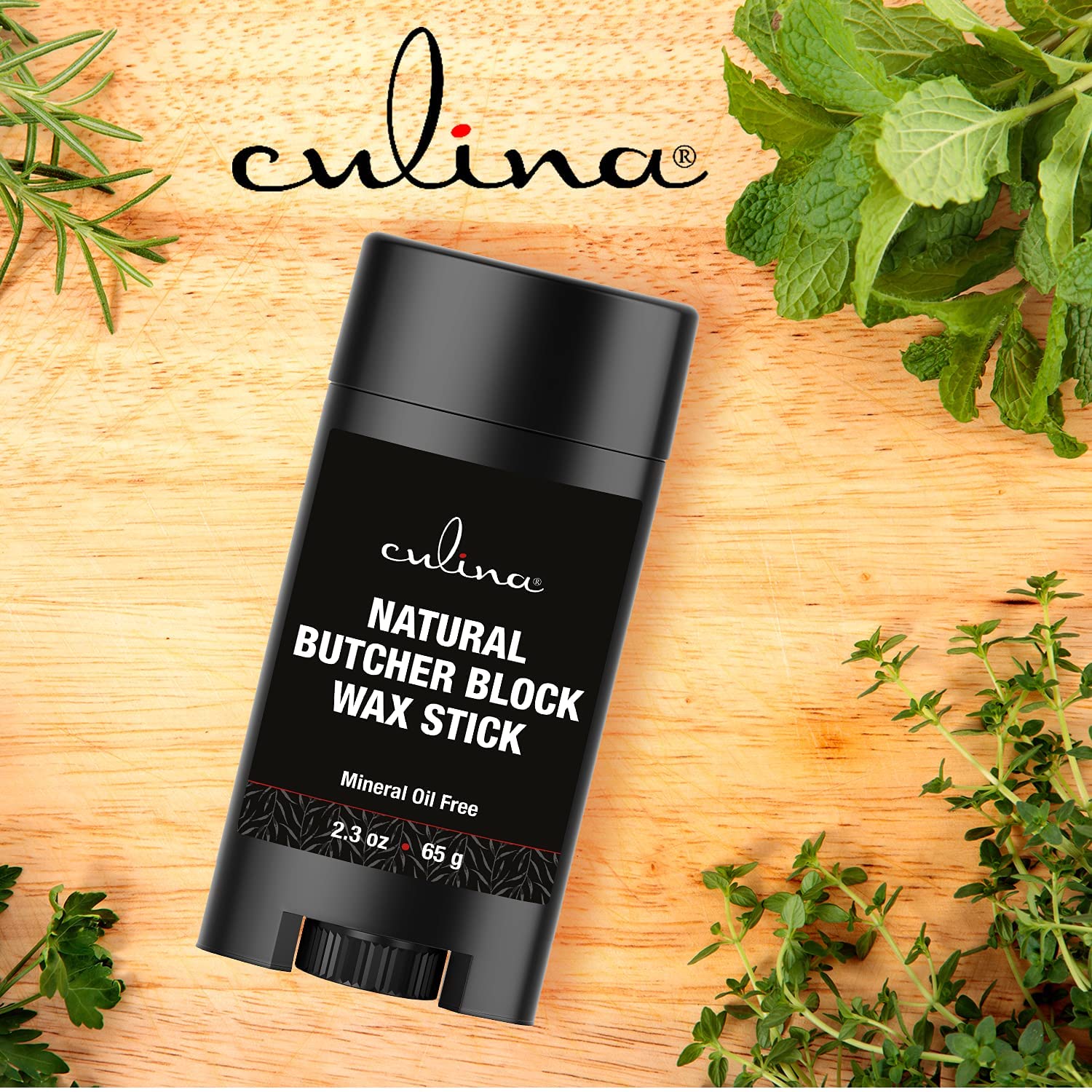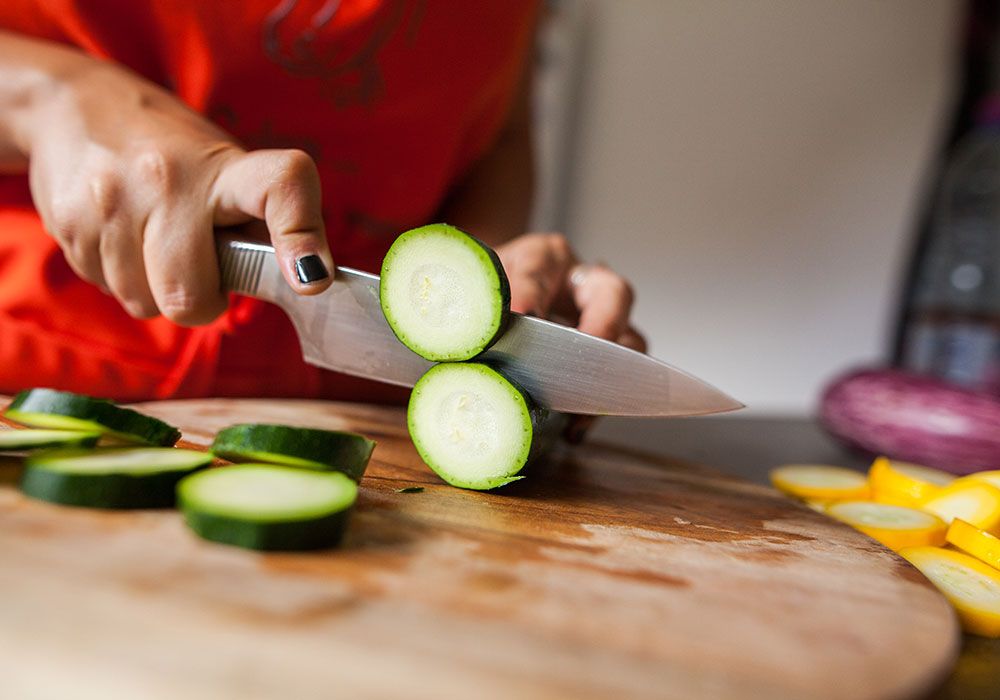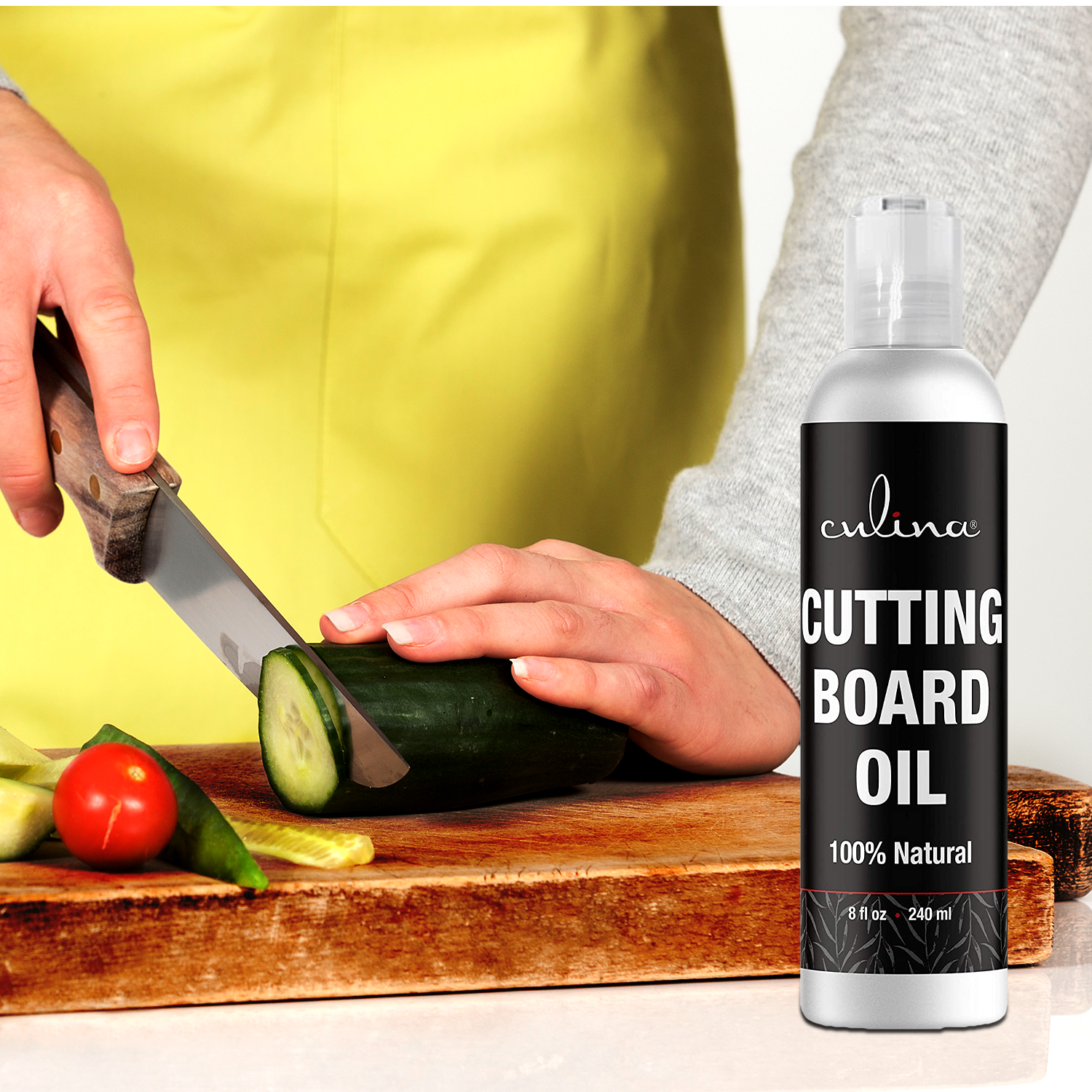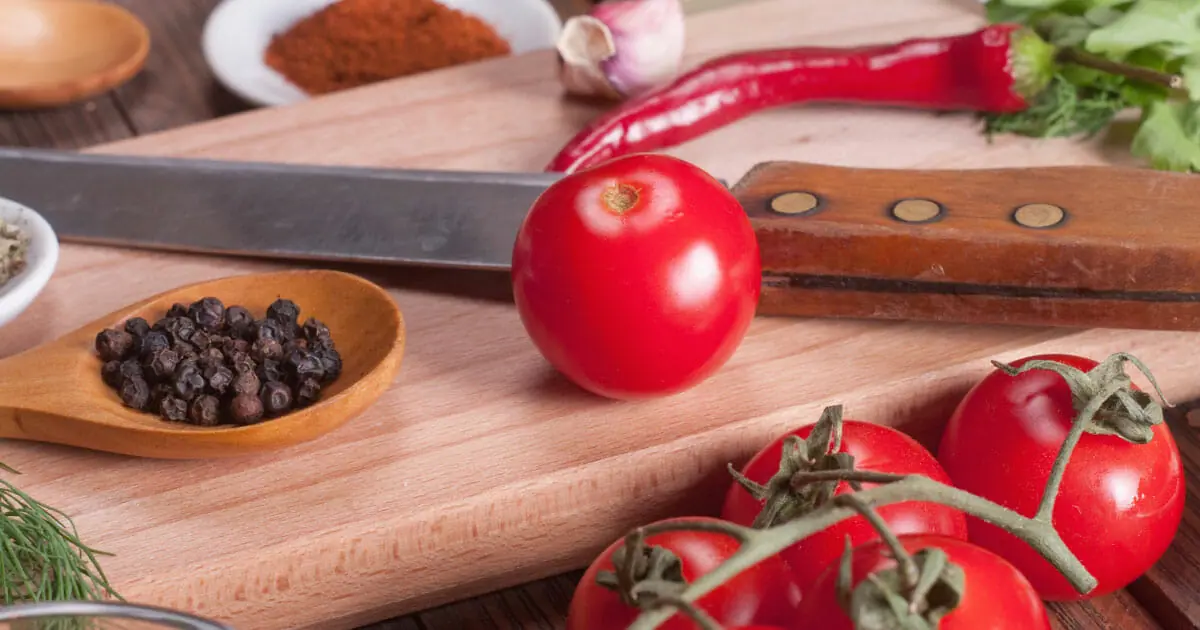When it comes to food preparation, safety and hygiene are paramount. An often-overlooked aspect of kitchen safety is the color coding of cutting boards. Specifically, in this article, we’ll delve into what color cutting board for pork. This topic is of great importance for both home cooks and professional chefs alike, as using the correct color helps to prevent cross-contamination and ensures a safer cooking environment.

The Importance of Color-Coded Cutting Boards
Understanding the importance of color-coded cutting boards can make a tremendous difference in your kitchen. In essence, different colors are assigned to different food types. This practice helps in avoiding the transfer of pathogens from one type of food to another, ensuring food safety and hygiene.
Why Color Coding Matters
Color coding in the kitchen isn’t merely for aesthetic appeal. It serves a practical purpose by designating specific boards for specific food types. This reduces the risk of cross-contamination and is a practice widely adopted in professional kitchens.

What Color Cutting Board for Pork?
When asking what color cutting board for pork, the answer is generally red. Red cutting boards are typically used for raw meats including pork, beef, and lamb. This color helps to easily identify and separate raw meats from other foods, reducing the risk of cross-contamination.
Why Red for Pork?
Red is an intuitive color for raw meats because it can quickly alert anyone in the kitchen that the board is for meat preparation. This not only helps in maintaining hygiene but also adds a layer of safety during food preparation.

Other Color Codes in the Kitchen
Besides knowing what color cutting board for pork, understanding the entire color-coding system is essential for a well-organized kitchen.
- Green: Vegetables and Fruits
- Blue: Raw Fish and Seafood
- Yellow: Raw Poultry
- White: Dairy or Bakery Items
- Brown: Cooked Meats
- Red: Raw Meat including Pork, Beef, and Lamb
Implementing Color Coding at Home
While color-coded boards are more common in professional kitchens, implementing this system at home can be highly beneficial. By following the color-coded system, you can significantly reduce the risk of foodborne illnesses.
Choosing the Best Cutting Board Material
Beyond color, the material of the cutting board also plays a crucial role. Common materials include plastic, wood, and bamboo.
Plastic Cutting Boards
Plastic boards are popular for their affordability and durability. They are also dishwasher safe, making them easy to clean. However, they can harbor bacteria in deep cuts over time.
Wooden Cutting Boards
Wooden boards are aesthetically pleasing and gentle on knives. They have natural antibacterial properties but can be harder to clean and maintain.
Bamboo Cutting Boards
Bamboo boards are sustainable and more resistant to bacteria than traditional wooden boards. They are also relatively easy to clean.
Proper Maintenance and Cleaning
Maintaining and cleaning your cutting boards is crucial for kitchen safety. Proper cleaning involves more than just a quick rinse. For detailed cleaning instructions, you might want to check out this [guide on cleaning white cutting boards](https://knivesgenius.com/how-to-clean-a-white-cutting-board/) (rel=’dofollow’).
How to Clean Cutting Boards
For plastic boards, dishwasher cleaning is effective. For wooden or bamboo boards, hand washing with hot, soapy water is recommended. Additionally, sanitize your boards by using a mixture of vinegar and water or a mild bleach solution.
Best Practices for Cutting Board Use
To ensure maximum kitchen safety, always use the correct color-coded board for the respective food type. Also, replace cutting boards when they become excessively worn or develop deep grooves.
When to Replace Cutting Boards
It is advisable to replace your cutting boards when they have deep cuts that can harbor bacteria or if they become excessively worn out.
Incorporating Color Coding in Professional Kitchens
Professional kitchens often have strict guidelines and regulations about food safety. Color coding is an integral part of these guidelines, making it easier for kitchen staff to follow safety protocols.
Training Staff on Color Coding
Training staff about the importance and correct usage of color-coded cutting boards is crucial in maintaining food safety standards in professional kitchens.
Adapting to Technological Advances
The kitchen is no stranger to technological advancements. Innovations like color-coded cutting boards embedded with microchips to signal improper use are being tested to ensure even greater levels of safety.
Future of Cutting Board Technology
With advancements in technology, the future looks promising. Innovations like smart cutting boards that alert users about cross-contamination are being developed for safer kitchen practices.
Conclusion
Understanding what color cutting board for pork is just a part of maintaining a safe kitchen environment. By adopting color coding and following proper maintenance, you can significantly reduce the risks of cross-contamination, ensuring food safety for everyone. For more detailed information, visit this [external source](https://cuttingboardwerks.com/blog/cutting-board-colors/) (rel=’nofollow’).
FAQs
Why is color coding important for cutting boards?
Color coding helps in preventing cross-contamination by assigning specific boards for different food types.
What color cutting board should I use for pork?
Red cutting boards are typically used for raw meats, including pork, beef, and lamb.
How often should I replace my cutting boards?
Replace your cutting boards when they develop deep cuts or become excessively worn.
As an Amazon Associate, I earn from qualifying purchases.


